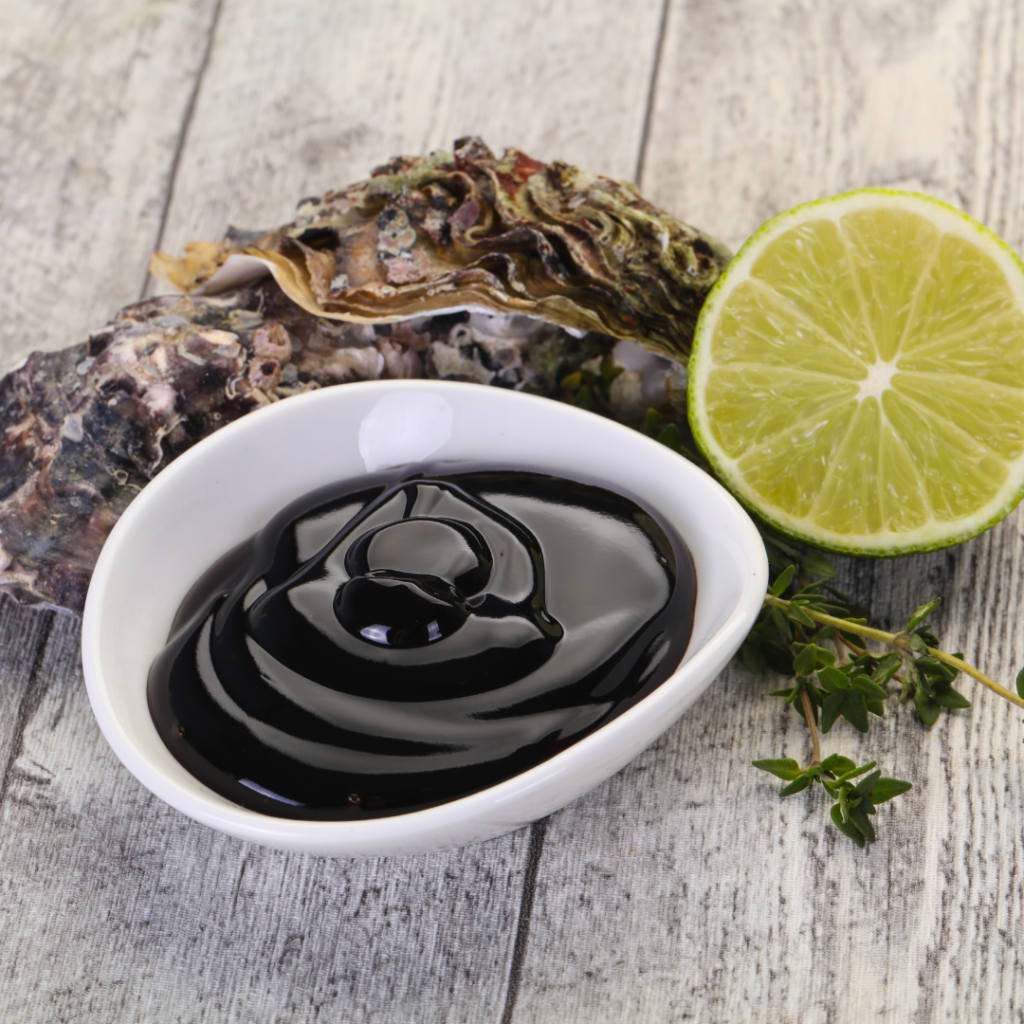Oyster Sauce is a condiment made from the oyster, a bivalve mollusk, and is traditionally used by cooks to add flavour to a variety of dishes. It is more of a sauce than a condiment since it is not used as a dipping sauce but as a seasoning for food. This can be found in the Asian culinary world and is almost always found in Chinese kitchens.
The most common way to use oyster sauce is in stir fry, where it adds a salty, umami flavour. It is often used in Asian stir-fries and as a dipping sauce for dishes like Peking Duck. You can also use it to make soups, stir-fries, and braised dishes. What if you run out of oyster sauce? What should you do? Well, there are many cases where people have been using other condiments as a substitute for oyster sauce.
No Oyster Sauce? Check these Condiment Alternatives
Oyster sauce is that deep brown, viscous liquid that you find in bottles in the Asian foods section of the grocery store. It is an essential ingredient in many Chinese and Thai dishes, and it’s even used as a dipping sauce in Western cuisine. If you have been a fan of oyster sauce, you may be surprised to learn that there are plenty of other, tastier options for it.
Here are some of the best sauce alternatives to use in case you run out of the savoury oyster sauce:
- Sweet soy sauce – Soy sauce is a thick, salty liquid made by fermenting soybeans, with a strong umami flavour that you can use to season any dish. It is often paired with meat and seafood but also has many delicious uses with vegetables, rice, and pasta. Its main ingredient, soybeans, is also a reliable source of plant-based protein. Sweet soy sauce and oyster sauce have so much in common; you can use one in place of the other. Often sweet soy sauce is seen as one of the alternative options for oyster sauce, but do you know that sweet soy sauce can also be one of the options?
- Worcestershire sauce – Worcestershire sauce is a blend of spices, including the popular and well-loved star anise, cloves, and cinnamon. It is a flavouring agent and a condiment in many dishes. It can be added to a dish as a marinade and as a side dish. Individuals may use it as a substitute for oyster sauce, which also has a strong taste.
- Vegan mushroom sauce – The oyster sauce is a sauce used in Chinese cooking. It’s a thick sauce made by cooking oysters and some other soy sauce and sugar ingredients. It’s frequently used in stir-fries and soups. But what can you use instead? Vegan mushroom sauce! It’s made by sautéing mushrooms, onions, and garlic in a little bit of oil. Then, add soy sauce and oyster sauce to taste. There, you have a delicious vegan alternative to oyster sauce.
- Hoisin sauce – Once you’ve run out of oyster sauce, what can you use instead? You could substitute hoisin sauce, which has a salty, umami flavour and is made from fermented soybeans and soybeans, and which can be used as a substitute for oyster sauce if it’s not available. Hoisin sauce is a thick, dark Asian-style sauce made from soybeans, garlic, and other spices. It’s a popular alternative to oyster sauce in Chinese and other Asian cuisines.
- Teriyaki sauce – If you can’t find oyster sauce at your local grocery store, you can find a similar condiment called teriyaki sauce. Teriyaki is made by marinating meats or fish in soy sauce, mirin (sweet rice wine), and other seasonings (often rice wine) for several hours. Teriyaki has less fat than oyster sauce, but it still contains a lot of calories
- Fish Sauce – The fish sauce is a salty fermented condiment made from anchovies, salt, and various other ingredients. The best fish sauces found in Southeast Asia but is also used in many other countries. It is a suitable alternative to the oyster sauce when you run out.
Oyster sauce is a fascinating ingredient found in nearly every Asian cuisine, from stir-fry to fried rice, soup to salad, and pasta. The ingredient lends an umami or savoury taste that is sought after by all who dare partake in its consumption. Our ancestors would have never imagined how popular this humble condiment would become, but it has cultivated a loyal following that continues to thrive today.

